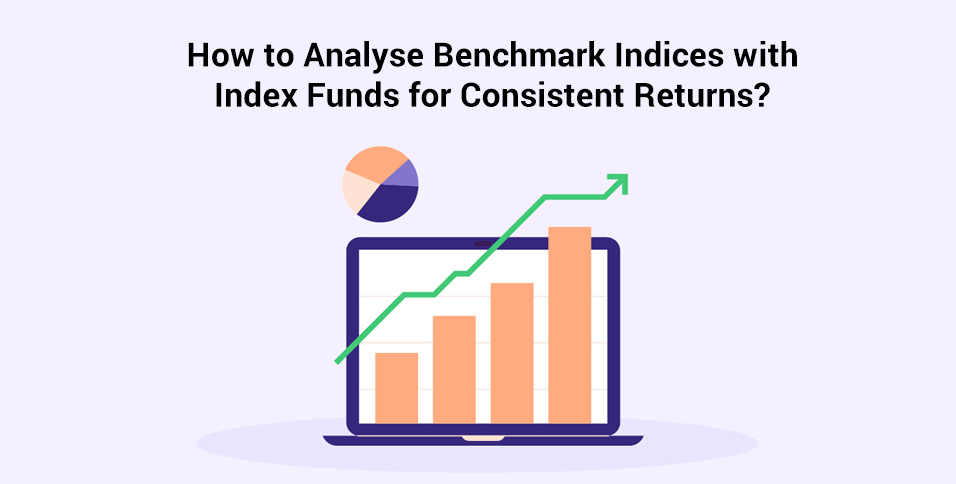To analyse benchmark indices with index funds for consistent returns, investors should follow a structured approach that includes understanding benchmarks, comparing performance, and evaluating risk. Here’s a comprehensive guide:
Understanding Benchmark Indices
Benchmark indices serve as reference points to evaluate the performance of investment portfolios, including index funds. These indices represent specific segments of the market, such as large-cap or small-cap stocks, and allow investors to gauge how well their investments are performing relative to the broader market.
Key Concepts
- Benchmark Index: A standard against which the performance of a mutual fund or index fund is measured. Common examples include the S&P 500 or Nifty 50.
- Alpha: The excess return of a fund relative to its benchmark. A positive alpha indicates outperformance.
- Beta: A measure of a fund’s volatility in relation to its benchmark. A beta of less than 1 suggests lower volatility than the market.
- Standard Deviation: This indicates the volatility of a fund’s returns over time. A lower standard deviation implies less risk.
Analysing Performance
To effectively analyse how an index fund performs against its benchmark, consider the following steps:
1. Performance Comparison
- Time Frames: Evaluate the fund’s returns over multiple periods (e.g., 1-year, 3-year, and 5-year) and compare them with the benchmark’s returns over the same periods. This helps identify consistent performance trends.
- Total Returns vs. Benchmark Returns: Look at both price appreciation and dividends (using Total Returns Index – TRI) to get a complete picture of returns.
2. Long-Term Perspective
- Focus on long-term performance rather than short-term fluctuations. Assess how the fund performs across different market cycles (bull and bear markets) to understand its resilience and potential for consistent returns.
3. Risk Assessment
- Risk-Adjusted Returns: Use metrics like Sharpe ratio (which considers both return and volatility) to evaluate whether the returns justify the risks taken. A higher Sharpe ratio indicates better risk-adjusted performance.
- Volatility Metrics: Analyse beta and standard deviation to understand how much risk an investor is taking compared to the benchmark. Funds with lower beta may be more suitable for conservative investors.
Evaluating Fund Characteristics
When selecting index funds for consistent returns, consider these characteristics:
1. Expense Ratios
Lower expense ratios can significantly impact long-term returns due to compounding effects. Compare expense ratios among similar funds to ensure cost-effectiveness.
2. Portfolio Strength
Evaluate the underlying assets in the index fund:
- Asset Allocation: Ensure diversification across sectors and asset classes aligns with one’s investment objectives.
- Historical Performance: Review how the fund has performed historically during various market conditions.
3. Managerial Stability
For actively managed funds that track an index, assess the stability and track record of the management team. A consistent management team often leads to better performance outcomes over time.
Conclusion
By systematically analysing benchmark indices alongside index funds, investors can make informed decisions that enhance their chances of achieving consistent returns. This involves understanding key metrics like alpha, beta, and standard deviation while focusing on long-term performance trends against appropriate benchmarks. It is prudent to always consider one’s risk tolerance and investment goals when making decisions based on this analysis.
Also Read: 5 Ways Your Business Can Take Advantage of New Commercial Funds

















